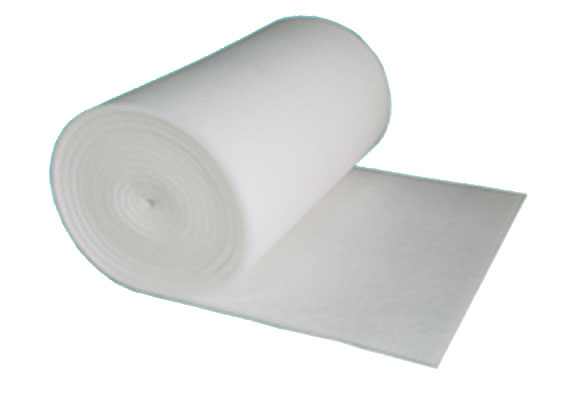logo

二维码

备案
Copyright © 2018 Guangzhou LaiXin Purification Technology Co., Ltd.
TEL:+86-20-36139001 / 36139002 / 36138339
Manager Xu:13802523753
FAX:+86-20-36139001
ADD: NO.112 Tin Sam Street, Tin Sam Village , Taihe Town, Baiyun , Guangzhou, China
Product center
Initial effect of filter cotton use, initial effect of filter cotton production process
Initial efficiency filter cotton, also known as rough filter cotton, primary filter cotton material of different uses are also different. Initial effect of filter cotton common materials are: polyester fiber, glass fiber, activated carbon, etc., can be used for air filtration, high temperature air filtration, odor removal odor.
Initial effect of filter cotton use
First, the initial effect of filter cotton - polyester fiber
Polyester fiber is the first effect of the most common filter cotton filter material, most of the early effect of filter cotton are made of polyester fiber filter material. The most common is the outlet cotton, mainly used for pre-filtration ventilation system such as the outlet, with high dust holding capacity, low resistance, long life, economical and practical features.
Uses: Suitable for a variety of industrial uses, such as pollution control, public construction, air conditioning industry, electronics industry, pharmaceutical industry, food industry.
Second, the initial effect of filter cotton - fiberglass
Glass fiber in the high temperature filter cotton is widely used, can be used to intercept the fog of glass fiber cotton or air filtration in high temperature environment. Glass fiber with chemical resistance, high temperature, low hygroscopicity and so on.
Uses: General air conditioning system of coarse dust filtration, dry spray paint Taiwan, clean ovens, car painting and other high-temperature air purification equipment and systems to reduce environmental pollution.
Third, the initial effect of filter cotton - activated carbon
Activated carbon filter cotton and more used in public places, the main role is to adsorb the odor and harmful gases in the air, such as benzene, formaldehyde, ammonia, carbon dioxide, NO2, SO2 and so on.
Uses: used to purify the air of bad smell substances such as benzene, formaldehyde, ammonia, carbon dioxide, and harmful gases; NO2, SO2, etc .; applicable to all kinds of air conditioning and ventilation systems, can effectively remove pollution and clean the air.

Initial efficiency filter cotton production process
Tufted cotton production process: According to the requirements of customers formulate formulations, including the ratio of fibers and grasping the grasp and calculation of the loss. Preparation of raw materials from the machine's conveyor belt to the carding machine for 2 combing into the next process. Spit cotton filter layer of cotton evenly tiled on the conveyor belt, it should be noted here is to strictly require the filter cotton tile evenly. Then hot air into the drying equipment stereotypes, it will air filter cotton high temperature drying, fiber and fiber closely connected. Finally, cut into rolls, this use of hot air forming the initial effect of filter cotton into hot air cotton.
Acupuncture cotton production process: the use of triangular cross-section (or other cross-section) Barbed edge of the barbed wire punctured repeatedly. Barbs through the web, the web surface and the local layer of fiber forced into the interior of the fiber. Due to the friction between the fibers, the original fluffy web was compressed. When the lancet exits the web, the penetrated fiber bundle leaves the barb and remains in the web, so that many of the bundles entangle the web so that it can no longer regain its original fluffy condition. After many times of needling, a considerable number of fiber bundles are pierced into the web, causing the fibers in the web to entangle with each other, thereby forming a needle-punched non-woven material having a certain strength and thickness.



